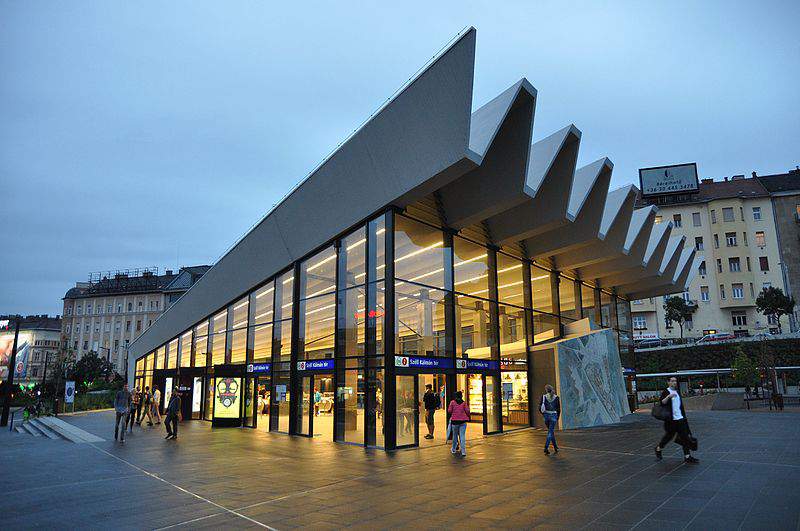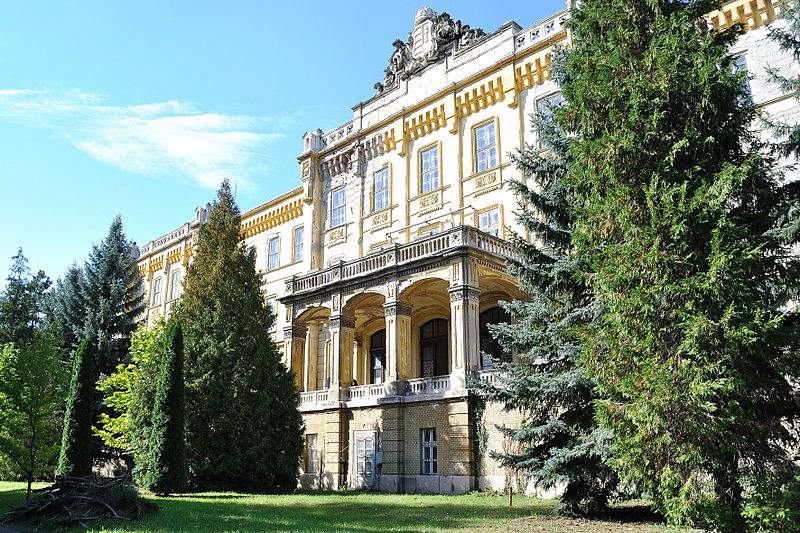The secrets of District II

District II is bordered by the Danube, Szépvölgyi road, Hármashatár-hegy (Three Border Moun), Széll Kálmán square, Szilágyi Erzsébet fasor (a frequently taken main road) and the Budakeszi road. But these aren’t the most exciting things about it. Did you know that Hungary’s second largest building is found here? Magyarország Kúl tells you all about it.
33 city parts
This is one of Budapest’s most colourful districts, as one will find the busy Széll Kálmán square here, the Rózsadomb (Rose Hill) filled with luxury mansions, forest patches, and a lot of hills and valleys. The district is considered huge with its 36.34 square kilometres, consisting of 33 different city parts. The various sections were named after historical events, for example, the Kuruc teams during Rákóczi’s uprising (remember the Hussars?) stationed at the part that is named Kurucles today (‘les’ means ‘stalk’). Or Törökvész (‘török’ = ‘turkish’, ‘vész’ = ‘perish’) refers to the Hungarian victory over the Turkish forces during the 1686 siege of Buda.

photo: Christo / wikicommons
The hunting-seat of King Matthias Corvinus
The royal hunting-seat at Buda-nyék used to be at Hűvösvölgyi road 78 long ago. This piece of land is called game preserve to this day.
According to some, King Matthias Corvinus kept not only indigenous games here, but camels and lions too.
Roses, roses, roses
When a resident of Budapest hears of the Rose Hill, they will first think of luxurious villas and the upper ten thousand, not of the origins of the name.
Roses were the favourite flowers of Gül Baba, who occupied Buda. A rose garden keeps his memory next to Gül Baba’s türbe (octagonal tomb). Gül Baba had roses planted on the whole hill, which must’ve been a glorious and breath-taking view, thus the hill was named after this gesture.

Photo kirandulastippek.hu
Home of famous and important Hungarians
A lot of talented and well-known Hungarian figures resided here, among them writers like Magda Szabó (Júlia street, 3), Imre Kertész (known for ‘Fatelessness’, resided at Török street, 3), Antal Szerb (Torockó street 9/a) or István Örkény (Pasaréti street, 39), along with the first Hungarian male film star Pál Jávor (Pasaréti street, 8) and actress Emília Márkus (Hűvösvölgyi street, 85).
The second largest building in Hungary
We’ve written about the National Institute of Psychology and Neurology some time ago, which is found in the part of district II called Lipótmező. The institution was closed down in 2007, and now stands as a lonely and gloomy haunted house in the middle of a huge park. Ironically, this is the second biggest building in Hungary after the Parliament.

photo: wikicommons
featured image: Millenáris park, www.facebook.com/Millenáris
Source: magyarorszagkul.nlcafe.hu





